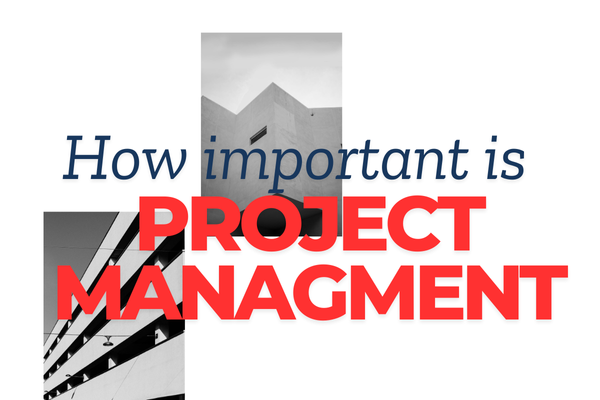Introduction
Projects have been essential building blocks in human history since ancient times. From the Massive pyramids of Egypt to the Taj Mahal in India, the idea of handling complexity could be easily achieved via projects.
Project management is much more relevant and required in our daily lives. As human civilization enters uncharted territory, we realize the importance of projects again.
Let us understand what a project is: How important is Project Management?
First part: The project is a temporary endeavor with a beginning and an end.
Second Part: It creates a unique product, service, or result.
Why does the project exist?
To understand the importance of a project, we can use a real-world example for simplicity. What challenges will we face if we want to construct a ten-story building?
- What will be the budget allocated for the construction of the building?
- Human resource involvement(Workers and senior professionals)
- How much time will we be executing the project?
- After the building is constructed, somebody will handle the day-to-day activities, which is operational management.
Answering these high-level questions is a crucial step towards achieving project closure, a goal every project should strive for.

- Initiation
- Planning
- Execution
- Monitoring and Control
- Closure
Initiation
Any project will have this first phase, laying the foundation for the work. Here, the high-level planning will be done, allowing us to get the necessary approval and begin the project cycle. Necessary permission from the individuals or departments will be acquired to provide directions for the project work.Planning
Based on the initiation documents and roadmap gathered here, more detailed work will be done. A project usually has various sections, such as Human resources, Scope, schedule, cost, Quality, Communication risk, procurement, and stakeholder management. Here, individual management plans will be created in more specific functions relating to the industry type and domain. Different departments/persons will create individual plans, which will be signed off before proceeding to the next phase. In our building construction example following factors should be considered:| Human resources: The number of workers and senior designers will be counted. Also, if any Third party or vendor is involved in the project, he will be counted as part of it. |
| Scope: Here, we want to limit the features that the project team will undertake. We define the features or tasks that could derail the project in the future. We write down the plans and take signoff from the stakeholders. |
| Schedule: The defined timeline in the initiation phase outlines how we will achieve the same. Here, we want to limit the features that the project team will undertake. We define the features or tasks that could derail the project in the future. We write down the plans and take signoff from the stakeholders. |
| Cost: How will we handle the finance part of the project? Once the project starts and an activity or person is added or removed, how will we handle the scenario? |
| Quality: It is subjective, as per the domain requirements. In our example, civic permission will be acquired based on the work to match the compliance factor. All the compliance points need to be planned and followed. |
| Communication: how verbal and written communication will be followed and how to handle the distortion of the message or communication channels. |
| Risk: Any unplanned activity or failure in the execution phase becomes risky. Various management plans need to be created to handle the blindspots that could occur during the work. |
| Procurement: If we want to acquire construction vehicles, instruments, or professionals, how will we achieve the same? |
| Stakeholders: are the people who oversee and try to improve the project activities every day. They make small or big decisions, which are taken by respective internal or external stakeholders. |


